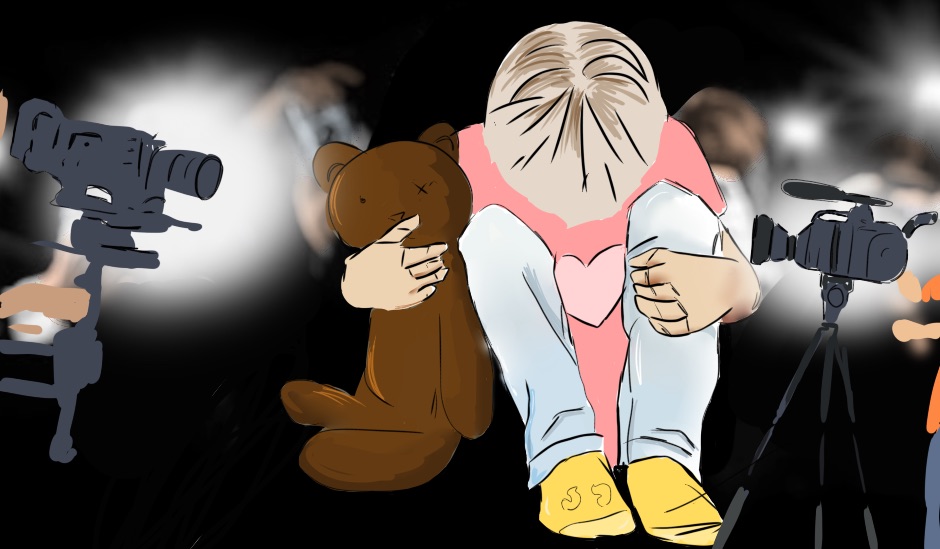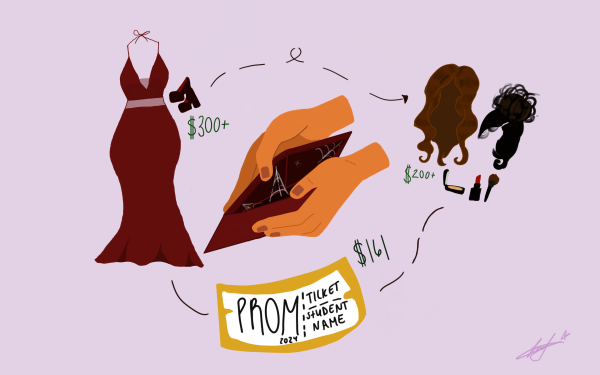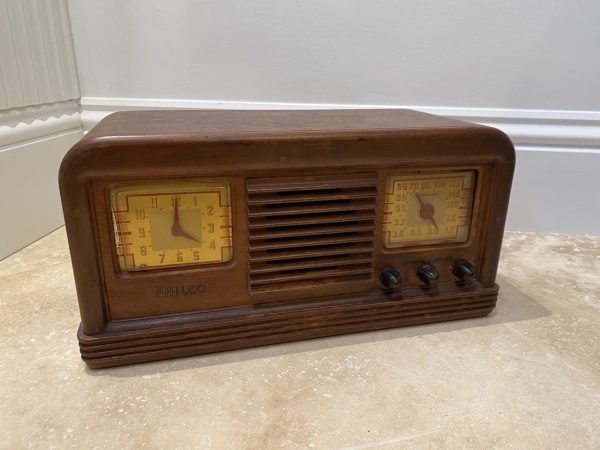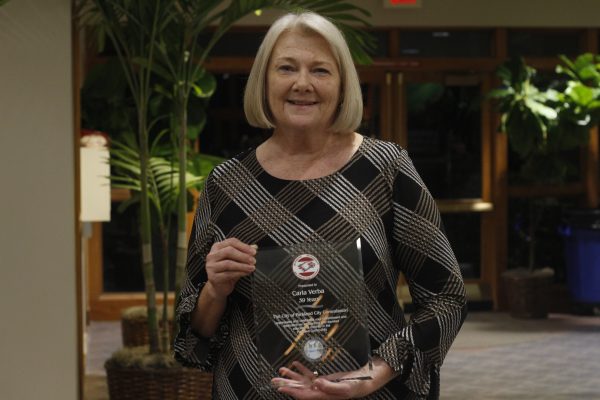Peer pressure and stigma surrounds fashion and cheap clothing brands among teens
November 7, 2022
For many teenagers, being in school comes with the pressures of conforming to others’ views on how they should dress, specifically the brands of clothing they choose to wear. A research article done by Scitechnol Journal states that as adolescents get older, they become increasingly fashion conscious and bully their peers more for the clothing they wear, for their footwear or for any other fashion product they choose to carry that is related to style, trend, color, cost or brand.
Thus, the stigma surrounding shopping at low-priced stores and wearing off-brand clothing is rather prominent within school settings and is an issue many Marjory Stoneman Douglas High School students have opinions on. Lower priced stores are considered places such as Walmart, Marshalls, Ross and so forth, where clothing is sold for relatively cheap, typically below retail price.
One thing students feel explains this stigma is the widely held belief that to have style, one must have expensive, designer or on-brand clothing. They feel that a common misconception is that good style can only be achieved through money, a misleading remark they hear expressed often.
“I think there is a weird idea that style can be bought which is so not true,” senior Nicholas Bedusa said. “Anyone can dress well if they know what they’re doing, it’s just the flex of having designer clothing because it showcases wealth.”
After all, there are many reasons one would choose to shop at these low-priced stores, a primary one being that many cannot afford to shop elsewhere. Not everyone makes enough money for them to be able to justify the purchasing of high-end clothing when they have more imposing concerns, such as grocery expenses or bills.
“This idea that everyone in our school just has money to waste is bizarre,” sophomore Jayda Jean said. “Not everyone in Parkland is well off and not everyone in our school lives in Parkland.”
The clothing at these low-priced stores is affordable and often feature the same trendy pieces found in other places, simply for more reasonable prices. Not only can some people not afford to shop elsewhere, but some feel that if they can find equally in-style pieces for better prices, there is no need to spend more for a name brand.
Yet students worry that because of the stigma surrounding cheaper stores, they will be judged by their classmates for wearing clothing from such places. They fear that others will form presumptuous opinions regarding them, based on their clothing and fashion choices. A remark they regard as troublesome, as they would prefer to be judged on the basis of other factors, like personality, rather than appearance.
“The thoughts that might go through a person’s head [when considering shopping at such stores] are if I buy something cheap, then my peers will think that’s all I can afford, or that if I buy something unnecessarily expensive, at least I won’t get looked down upon,” Jean said.
While many students agree that this stigma is unnecessary and rather ridiculous, many also have the concern that a lot of stores with cheaper fashion engage in the mass production of clothing, which often takes a toll on the environment. One of these concerns is the release of large amounts of carbon emissions. An article by the Princeton Student Climate Initiative states that if there is no change made in the production of clothing within the fast fashion industry, a 50% increase in greenhouse gas emissions is expected within a decade.
“I hate fast fashion,” Bedusa said. “I’m really into fashion and one issue is that currently fast fashion is causing a lot of pollution, which is so not chic in any way.”
Despite these environmental concerns, many of the stores this stigma applies to–such as Marshalls and T.J. Maxx–sell overstock, or excess clothing. Therefore, they do not contribute to the fashion industry’s negative environmental impacts. Unfortunately, stores such as Target, Forever 21 and Walmart, all of which would be considered low-priced stores, produce their products unethically and are huge contributors towards these repercussions; this classification as well as additional information on their impacts is explored in Remake’s 2021 Fashion Accountability Report.
Thus, many MSD students feel that this stigma is uncalled for, as it is harmful and enforces generalizations within schools regarding social class and class privileges that are hurtful to those who do not conform to such generalities. Additionally, it is especially unnecessary given the fact that the purchasing of clothing at cheap stores can be done without the prevalent concern of causing damage to the environment.
























![(left to right) Seniors Stephanie Bilsky and Gracyn Haynes sport the DECA symbol, a triangle, at their first career fair, hosted on Dec. 6, 2023. The career fair had 12 business for students to explore and ask questions about. What we wanted to do is just take what weve learned [in DECA] and expand it to those students who arent enrolled in this class and dont have access and then just kind of take it to the community and allow students to discover their future as well, Haynes said.](https://eagleeye.news/wp-content/uploads/2024/01/9n9MEiC72JCfrptYKrZhoKhKscuboBiEju33GYeA-600x400.jpg)
